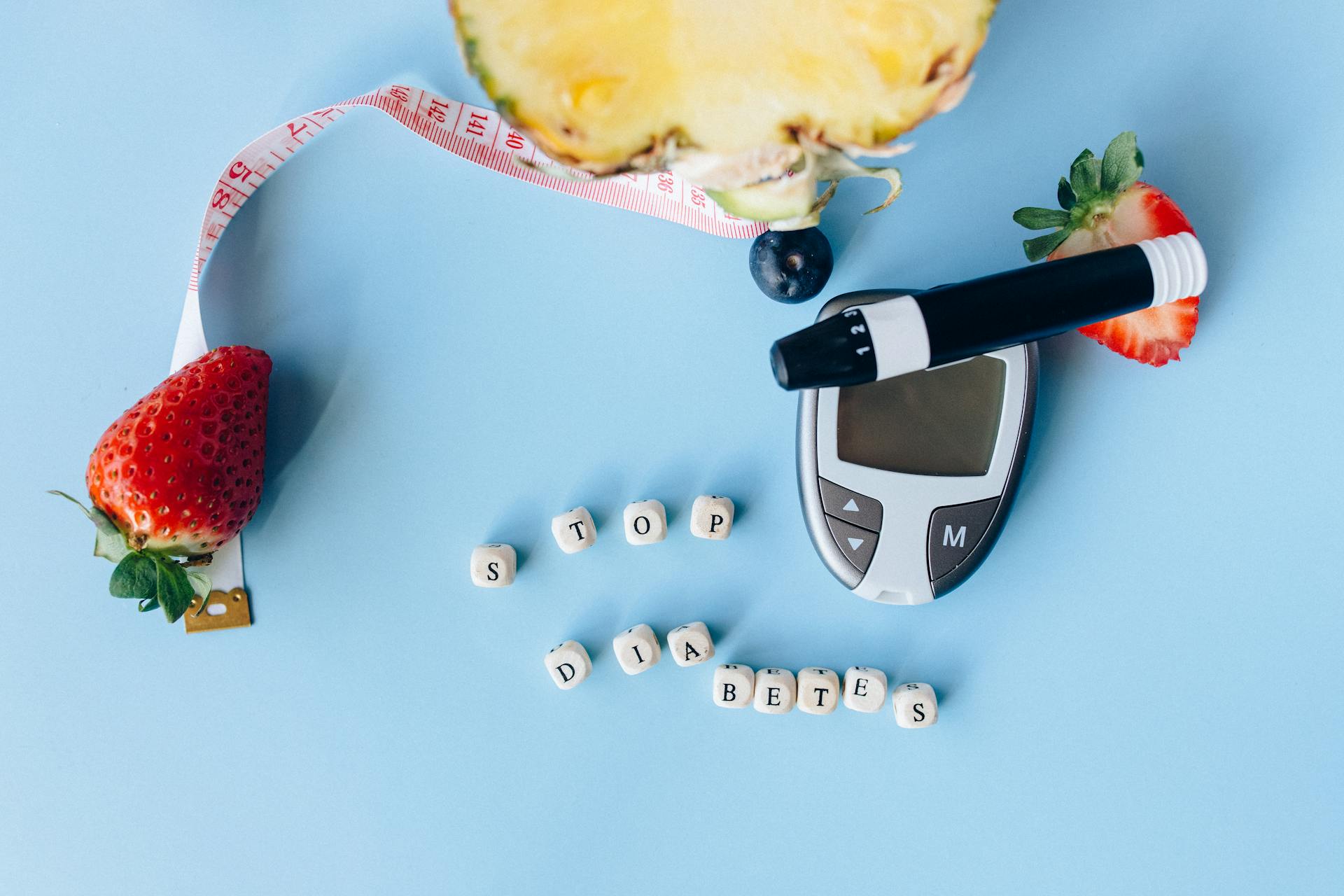The Silent Threat: Hypertension and the Autonomic Nervous System
The global surge in hypertension is alarming, with over 1.13 billion individuals grappling with this silent killer. Alarmingly, hypertension doesn’t always strike in isolation. Many are simultaneously juggling associated health challenges such as diabetes mellitus, chronic kidney disease, dyslipidemia or hypercholesterolemia, and obesity. Central to our understanding of hypertension’s root causes is the autonomic nervous system, particularly the sympathetic nervous system (SNS). While innovative treatments targeting the SNS have emerged, there’s a palpable gap in current guidelines regarding their optimal deployment.
Understanding Hypertension: The Silent Killer and Its Complex Origins
Hypertension, often termed the “silent killer,” silently affects millions globally. According to the ACC guidelines, one is considered hypertensive when the blood pressure consistently reads above 140 mmHg systolic or 90 mmHg diastolic. (1) But what causes hypertension? While the exact origins remain a bit of a mystery, we know certain lifestyle factors increase the risk: excess weight, high sodium diets, lack of physical activity, and excessive alcohol consumption. (2)
The development of hypertension is a complex puzzle involving many parts of the body. Among them, the kidneys stand out as a major player. Genetics play a part, and so does the neurohormonal system, especially two key components: the sympathetic nervous system (SNS) and the renin-angiotensin-aldosterone system (RAAS). The RAAS is essential for maintaining blood pressure and the overall balance of salt and water in our bodies. If it doesn’t function properly, it can pave the way for chronic issues like hypertension or even heart failure. (3)
The Link between Hypertension and the Autonomic Nervous System (ANS)
The ANS is an essential part of our nervous system responsible for controlling involuntary bodily functions like heartbeat, digestion, and breathing. Within the ANS, the SNS stands out as a primary component responsible for the ‘fight or flight’ response. Think of the SNS as the system that kicks into gear when we’re faced with stressful situations, preparing our bodies for immediate action.
The Link between Overactive SNS and Hypertension: An overactive or continuously stimulated SNS has been linked to hypertension, commonly known as high blood pressure. Hypertension, if left unchecked, can have severe consequences on various body systems:
- Cardiovascular system: A continuously racing heart due to an overactive SNS can lead to structural and functional changes in the heart and blood vessels. These changes manifest as arrhythmias (irregular heartbeats), left ventricular hypertrophy (enlargement and thickening of the heart’s left chamber), and increased arterial stiffening, reducing the flexibility of arteries. (4)
- Blood clotting: The SNS, when activated, affects the blood’s clotting mechanism. Specifically, it can cause platelets, the blood cells responsible for clotting, to become more ‘sticky’ and aggregate more quickly, which could lead to clot-related complications. (5)
- Renal and metabolic systems: The implications of an overactive SNS stretch beyond just the heart, impacting the kidneys and various metabolic processes, although the details of these effects were discussed in other parts of the article.
What Causes this SNS Overdrive?
The precise reasons for an overactive SNS are still under scientific investigation. However, it’s believed that a combination of genetic predispositions, specific lifestyle choices (like diet, and exercise habits), and even certain behavioral patterns might stimulate the SNS excessively. (6)
The Impact on Heart Health
A heightened SNS activity doesn’t just raise blood pressure. Over time, it can cause the heart’s receptors (known as β-adrenergic receptors) to become less responsive. Think of this as the heart becoming ‘numb’ to the constant rush of stress hormones, leading to disturbances in its contraction and relaxation processes, and even leading to tissue scarring known as fibrosis. (7)
The Role Of Adrenergic Neurotransmitters
Adrenergic neurotransmitters, such as norepinephrine, epinephrine, and dopamine, which are known for their vasoconstrictive properties, facilitate the effects of the SNS. Elevated levels of these neurotransmitters, especially in the heart and kidneys, have been observed in individuals with high blood pressure. (8) These neurotransmitters’ effects are far-reaching, influencing the heart, kidneys, veins, and smaller blood vessels, resulting in increased blood pressure. On the metabolic front, these neurotransmitters have varied effects, such as promoting the breakdown of fats and affecting insulin production. Persistent overactivity of the SNS can lead to other health concerns like insulin resistance, heightening the risk of cardiovascular issues.
Interestingly, while the SNS is hyperactive in hypertensive patients, their parasympathetic activity—another component of the ANS—seems to be reduced, indicating an imbalance in these systems. Furthermore, it’s worth noting that the SNS’s abnormal activation extends beyond just hypertension, playing a role in conditions like metabolic syndrome, a recognized risk factor for hypertension. (9)
D’OXYVA: A Potential Solution for Hypertension and Autonomic Nervous System Harmony
Understanding the intricate link between the Autonomic Nervous System (ANS) and hypertension, D’OXYVA® presents its innovative deoxyhemoglobin vasodilator biotech solution. Specifically crafted to enhance blood flow, it directly promotes optimal vascular health and works towards restoring the ANS balance, as shown by studies. (10)
Here’s what sets D’OXYVA apart:
- Immediate Impact: Conventional methods can be a waiting game. This biotech-driven approach promises discernible improvements, fast-tracking your path to health.
- Integrated Ease: In the fast-paced world, health solutions should complement, not complicate. Whether you’re at home or travelling, D’OXYVA fits right in.
- Precision at Your Fingertips: Ineffective tracking can derail hypertension management. But with D’OXYVA, rest assured with top-tier home diagnostic tools ensuring exact results each time.
Tackling hypertension and ANS imbalance head-on, D’OXYVA isn’t just a solution—it’s a revolution. Dive into the future of targeted health solutions with us.
The Bottom Line
In the ever-evolving world of biotech, staying ahead of the curve is crucial. While there are multiple solutions on the horizon, this biotech tool offers a harmonious blend of speed, accuracy, and user-friendliness, making it a forerunner in the fight against hypertension.
In conclusion, understanding the intricate relationship between the autonomic nervous system and hypertension is essential for developing impactful interventions. This biotech solution, backed by science and supported by user testimonials, showcases a promising future in this endeavour. The silent threat of hypertension no longer needs to loom large over us.
References
- Iqbal AM, Jamal SF. Essential Hypertension. [Updated 2023 Jul 20]. In: StatPearls [Internet]. Treasure Island (FL): StatPearls Publishing; 2023 Jan-. Available from: https://www.ncbi.nlm.nih.gov/books/NBK539859/
- Carey, R. M., Muntner, P., Bosworth, H. B., & Whelton, P. K. (2018). Prevention and Control of Hypertension: JACC Health Promotion Series. Journal of the American College of Cardiology, 72(11), 1278–1293. https://doi.org/10.1016/j.jacc.2018.07.008
- Fountain JH, Kaur J, Lappin SL. Physiology, Renin Angiotensin System. [Updated 2023 Mar 12]. In: StatPearls [Internet]. Treasure Island (FL): StatPearls Publishing; 2023 Jan-. Available from: https://www.ncbi.nlm.nih.gov/books/NBK470410/
- Balasubramanian, P., Hall, D., & Subramanian, M. (2019). Sympathetic nervous system as a target for aging and obesity-related cardiovascular diseases. GeroScience, 41(1), 13–24. https://doi.org/10.1007/s11357-018-0048-5
- Senst B, Tadi P, Basit H, et al. Hypercoagulability. [Updated 2022 Sep 26]. In: StatPearls [Internet]. Treasure Island (FL): StatPearls Publishing; 2023 Jan-. Available from: https://www.ncbi.nlm.nih.gov/books/NBK538251/
- Valensi P. (2021). Autonomic nervous system activity changes in patients with hypertension and overweight: role and therapeutic implications. Cardiovascular diabetology, 20(1), 170. https://doi.org/10.1186/s12933-021-01356-w
- Chu B, Marwaha K, Sanvictores T, et al. Physiology, Stress Reaction. [Updated 2022 Sep 12]. In: StatPearls [Internet]. Treasure Island (FL): StatPearls Publishing; 2023 Jan-. Available from: https://www.ncbi.nlm.nih.gov/books/NBK541120/
- Harris, R. C., & Zhang, M. Z. (2012). Dopamine, the kidney, and hypertension. Current hypertension reports, 14(2), 138–143. https://doi.org/10.1007/s11906-012-0253-z
- Hariri L, Patel JB. Vasodilators. [Updated 2023 Aug 14]. In: StatPearls [Internet]. Treasure Island (FL): StatPearls Publishing; 2023 Jan-. Available from: https://www.ncbi.nlm.nih.gov/books/NBK554423/
- Giles, T. D., Sander, G. E., Nossaman, B. D., & Kadowitz, P. J. (2012). Impaired vasodilation in the pathogenesis of hypertension: focus on nitric oxide, endothelial-derived hyperpolarizing factors, and prostaglandins. Journal of clinical hypertension (Greenwich, Conn.), 14(4), 198–205. https://doi.org/10.1111/j.1751-7176.2012.00606.x







